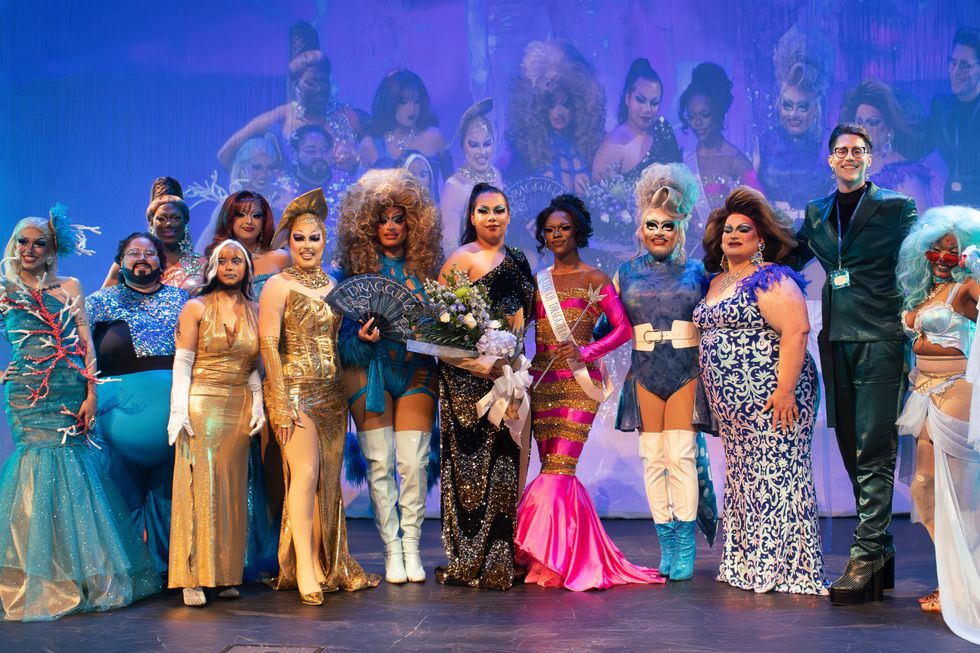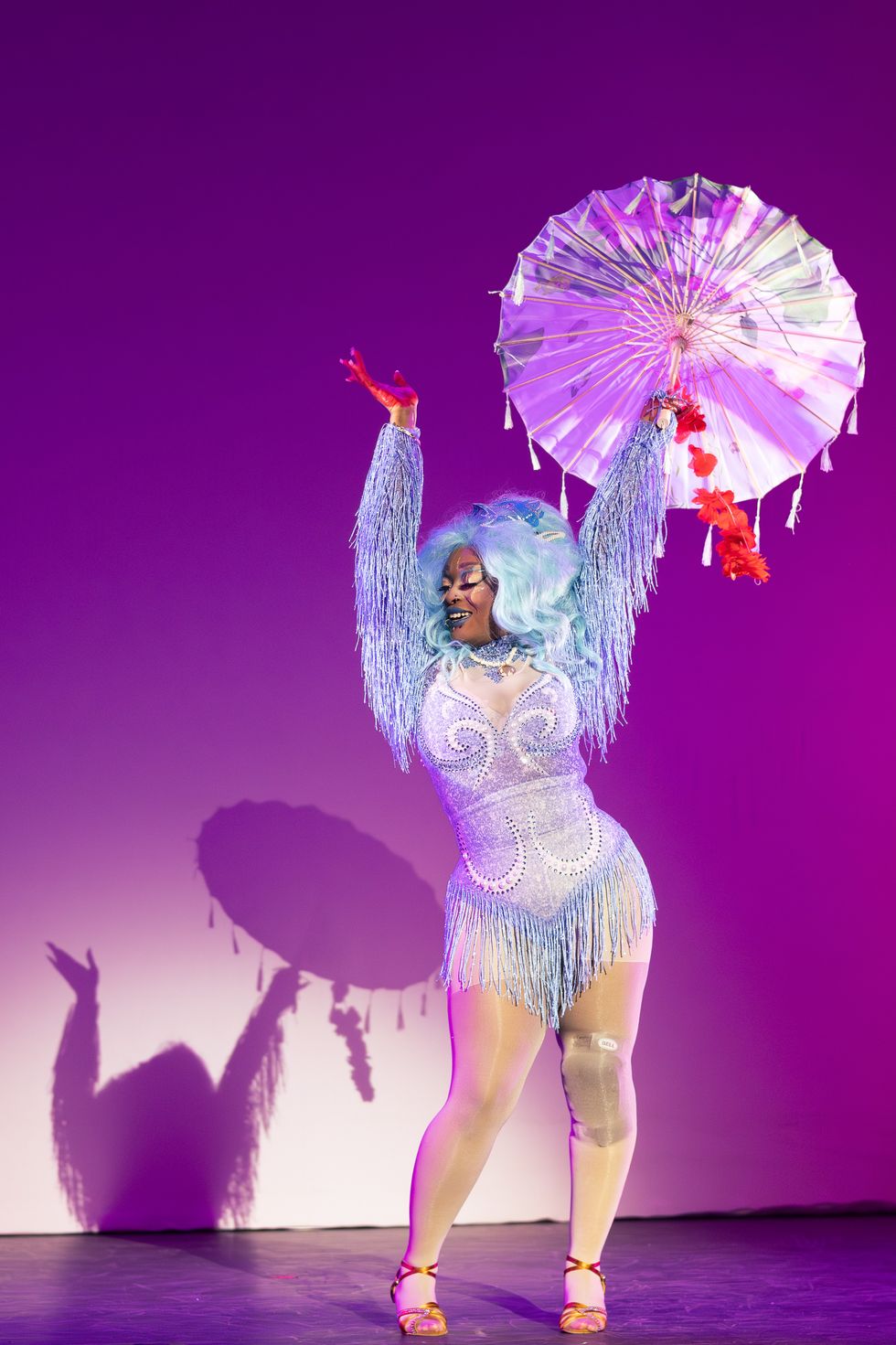Lawn Mower
Fritz Haeg knows a thing or two about fecundity. It's not just that the artist has been impressively prolific in a variety of aesthetic fields over the last few years (though he certainly has); it's that, at least in the most celebrated examples of his artwork, reimaginings of nature and new life could be said to be his guiding principle.Beginning in 2005, he declared war on the grass lawns of suburban homes, overhauling those emblems of homogeneity and wastefulness with gorgeous, functional gardens comprised of a given area's native fruit- and vegetable-bearing plants. The project is fittingly called Edible Estates, and a 2008 book of the same name offers a visual and conceptual tour of such spaces.For last year's Whitney Biennial, Haeg, whose formal training is in architecture, constructed a series of wonderfully absurd houses for beavers, bobcats, eagles, and other animals that used to inhabit New York City's Upper East Side. Similar works, dubbed Animal Estates, can be seen in five other cities.He declared war on the grass lawns of suburban homes, overhauling those emblems of homogeneity and wastefulness with gorgeous, functional gardens comprised of a given area's native fruit- and vegetable-bearing plants."One of the things that I'm interested in with all of these projects is loosening our grip on our cities," says Haeg, 40, who was born in Saint Cloud, Minnesota, and who believes a renewed appreciation for-and, more important, interaction with-wilderness is something we could all stand to experience. He has also clearly spent many a night pondering the sometimes fuzzy relationship between art and activism."Art can be the kernel of something that can go on to be solutions for things, but I've got a pretty adamant feeling that it's not the job of art to solve the problem," he says. "I think artists look around at the world and respond to what's happening in an honest way. If the environment is collapsing and relationships between people and communities are breaking down, then there's something to work about."I feel like the work that I'm doing is purposely straddling a lot of conversations in a lot of different disciplines so that it does not sit comfortably in any one of them. But that's the only way that you can have a real, broad dialogue today. If you sit too entirely in one you've eliminated dialogue outside of it in a way."LEARN MORE Haeg's new book, The Sundown Salon Unfolding Archive, which chronicles his time in the dome-shaped Los Angeles house he built and used for events and performance art, has been released. For information on current shows, visit fritzhaeg.com.Photo by Meghan Quinn















 Let us all bow before Gary, the Internet's most adventurous feline. Photo credit: James Eastham
Let us all bow before Gary, the Internet's most adventurous feline. Photo credit: James Eastham Gary the Cat enjoys some paddling. Photo credit: James Eastham
Gary the Cat enjoys some paddling. Photo credit: James Eastham James and Gary chat with Ryan Reed and Tony Photo credit: Ryan Reed
James and Gary chat with Ryan Reed and Tony Photo credit: Ryan Reed


 Rock deterioration has damaged some of the inscriptions, but they remain visible. Renan Rodrigues Chandu and Pedro Arcanjo José Feitosa, and the Casa Grande boys
Rock deterioration has damaged some of the inscriptions, but they remain visible. Renan Rodrigues Chandu and Pedro Arcanjo José Feitosa, and the Casa Grande boys The Serrote do Letreiro site continues to provide rich insights into ancient life.
The Serrote do Letreiro site continues to provide rich insights into ancient life.

 The contestants and hosts of Draggieland 2025Faith Cooper
The contestants and hosts of Draggieland 2025Faith Cooper Dulce Gabbana performs at Draggieland 2025.Faith Cooper
Dulce Gabbana performs at Draggieland 2025.Faith Cooper Melaka Mystika, guest host of Texas A&M's Draggieland, entertains the crowd
Faith Cooper
Melaka Mystika, guest host of Texas A&M's Draggieland, entertains the crowd
Faith Cooper


